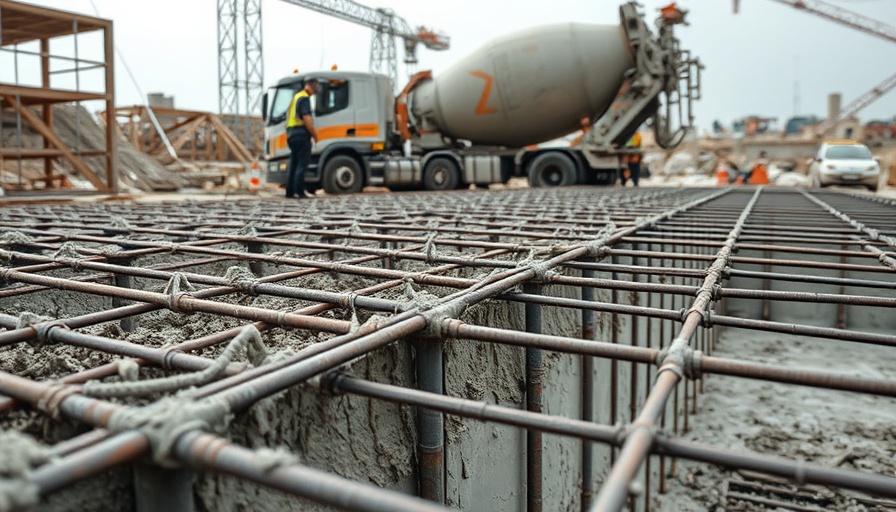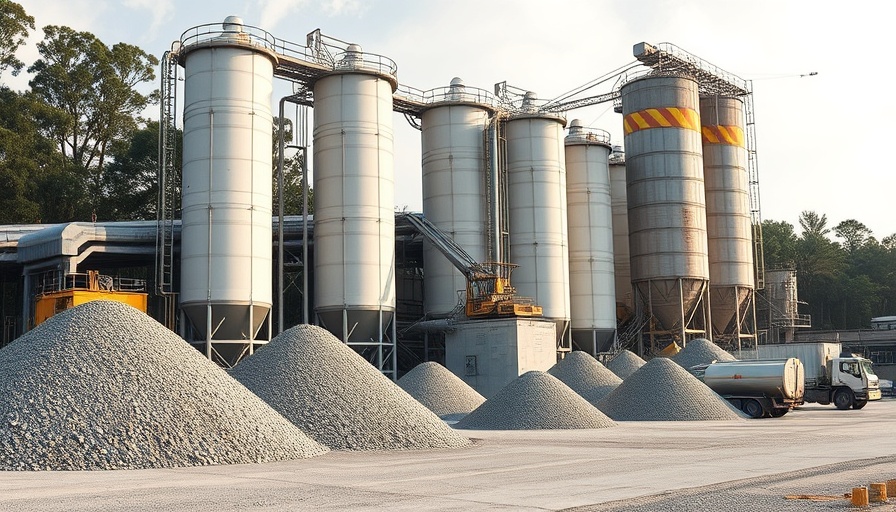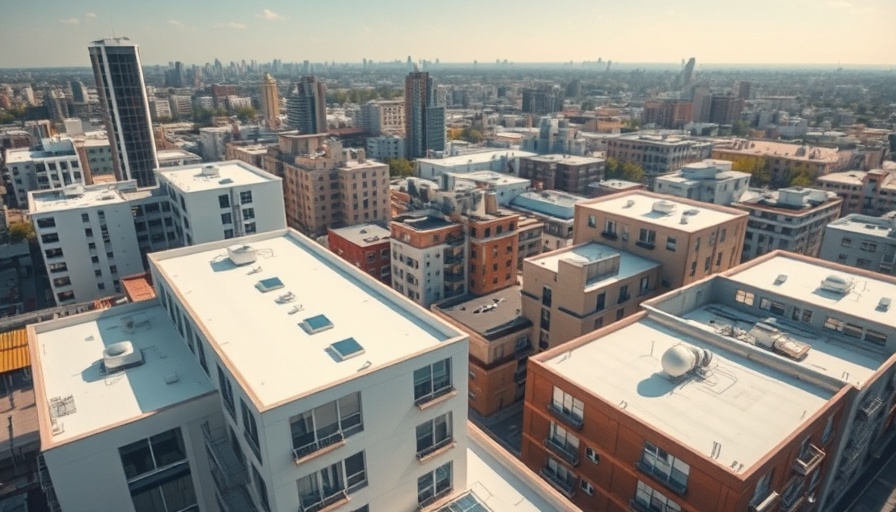
Unlocking the Benefits of Superplasticizers in Modern Construction
Concrete is an essential building material that has been the backbone of construction for decades. Its durability, adaptability to various shapes, and ability to resist fire and heat make concrete a preferred choice for construction. However, achieving optimal mechanical strength and workability requires specific interventions—this is where admixtures come into play. Among these, superplasticizing admixtures stand out as a transformative solution.
What Are Superplasticizers and How Do They Work?
Superplasticizers, also known as high-performance water reducers, enhance the flow and workability of the concrete mix without increasing the water content. By potentially reducing water levels by up to 30%, they are particularly useful in creating a lighter, more workable mix while maintaining or even boosting the overall strength of the concrete. These admixtures are crucial for applications where flowability and pumpability are paramount, especially in tall structures or intricate designs.
The Science Behind Superplasticizers
The effectiveness of superplasticizers lies in their composition. They are made up of water-soluble polymer molecules that, upon mixing with concrete, reduce surface tension and create a repulsive force among cement particles. This not only allows for improved mixing and flow but also reduces potential shrinkage—a common challenge in concrete pouring that can lead to cracks.
Why Superplasticizers Matter for Sustainable Construction
As the building industry pivots towards sustainability, superplasticizers play a significant role in reducing the environmental impact of concrete. By allowing for lower water ratios, these admixtures reduce waste and cut down on the energy required for production, thus supporting sustainable building practices. Eco-conscious businesses, such as those focusing on LEED certification, can leverage superplasticizers to enhance their projects' sustainability profile.
Future Trends in Admixture Use
Looking ahead, the use of superplasticizers is expected to grow, driven by innovation in building materials aimed at reducing carbon footprints. As construction demands increase, architects and engineers will increasingly rely on these advanced admixtures to meet stringent design and environmental standards without compromising on quality or safety. Furthermore, developments in bio-based superplasticizers showcase the industry's commitment to environmentally responsible practices.
Conclusion: A Game Changer for Construction
For business owners and property developers, understanding the dynamics of superplasticizers is vital. Not only do they enhance the physical properties of concrete, but they also contribute to environmental sustainability, helping businesses adapt to ever-changing market demands while promoting greener building practices.
If you're looking to optimize your next construction project with cutting-edge materials, now is the time to explore how superplasticizers can fit into your plans. Invest in your project's success by incorporating these innovative admixtures.
 Add Row
Add Row  Add
Add 




 Add Row
Add Row  Add
Add 

Write A Comment